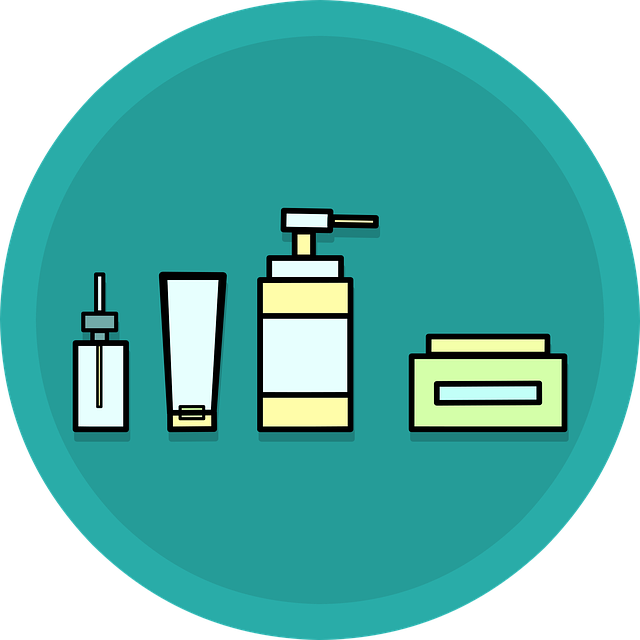
Shampoo: Raw Materials
Before you formulate a shampoo, it is important to decide which characteristics you would like the product to have. This includes the thickness of the product, the fragrance, and the color. It will also include performance aspects such as how well the shampoo cleans, foams, and what it feels like. Consumer testing is often employed to assist with deciding these characteristics.
Here is a list of the basic ingredients found in shampoo formulations:
Water
The main ingredient in any shampoo is water. It usually makes up around 70 to 80% of the formula. Water helps the detergents to dilute, reduces irritation, and makes the formulation easy to spread. It also helps to keep the costs down. As a side point, you might want to have a look at flux pumps to see the work they do that ties into making shampoos.
Detergents
A detergent is a surfactant that is the main cleansing ingredient in a shampoo. The detergents make up around 10 to 15% of the formulation. These ingredients are usually derived from petroleum derivatives of natural fatty acids. Common ingredients include Sodium Lauryl Sulfate, Ammonium Lauryl Sulfate, and Sodium Laureth Sulfate. Some companies that produce natural shampoos use ingredients such as Lauryl Glucoside and Decyl Glucoside.
Foam Boosters
There are also surfactant types added to a shampoo product that improves the foaming characteristic of the formula. Most consumers prefer a creamy foam, yet this doesn’t really affect how the product actually works. Alkanolamides or betaines are the common foam-boosting compounds used to assist with increasing the bubble size and the foam amount.
Similar to the main detergents, these are ingredients that are also derived from fatty acids. They have both oil-soluble and water-soluble characteristics. The common materials include Cocamidopropyl Betaine or Lauramide DEA. These usually make up around 5 to 10% of the formulation.
Thickeners
To a certain degree, secondary detergents will make the shampoo formulation thicker. The addition of salt also increases the thickness of a shampoo. Some of the other materials used that increase viscosity include Carbomer (a synthetic polymer) or Methylcellulose (a cellulosic polymer).
Conditioning Agents
There are also materials that are added to a shampoo that offset some of the harsh or harmful effects of the surfactants. Common moisturizing ingredients or conditioning agents include quaternary agents, silicones, and polymers. These ingredients remain on the surface of the hair after rinsing. They modify the characteristics like softness, static change, and combability. Shampoos that feature conditioning as the main benefit are known as 2-in-1 shampoos since they condition and clean the hair in a single step.
Examples of these conditioning agents typically include polymers such as Guar Hydroxypropyltrimonium Chloride and Polyquaternium-10, or silicones such as Cyclomethicone and Dimethicone, and quaternary agents such as Quaternium 80.
Preservatives
Any formulation that features water is at risk of contamination by microbes or bacteria. This is why cosmetic preservatives are usually added to stop such growth. The two more common preservatives that are added to shampoos include Methylparaben and DMDM Hydantoin. For a natural shampoo, ingredients such as Phenoxyethanol, Benzyl Alcohol, or Sodium Benzoate are used.
Other Ingredients
There are also other compounds that are included in shampoo when desired. For example, dyes that change the color of the hair, fragrances that change the odour, chelating agents, opacifying ingredients, and pH adjustment ingredients. In many cases, a “story ingredient” is used to give the marketers something interesting to promote. This can include something such as herbal extracts, proteins, or vitamins, which will have an impact on the final performance of the product. Medicated shampoos such as an anti-dandruff shampoo usually include drug-active ingredients such as zinc pyrithione.
The Manufacturing Process
The manufacturing process includes large batches of the shampoos that are then filled into bottles or other packaging.
Compounding
Compounding is any type of large-scale cosmetic production. The ingredients are all combined in a large stainless steel tank (3000 gallons or more) by workers that are called compounders.
Comments are closed